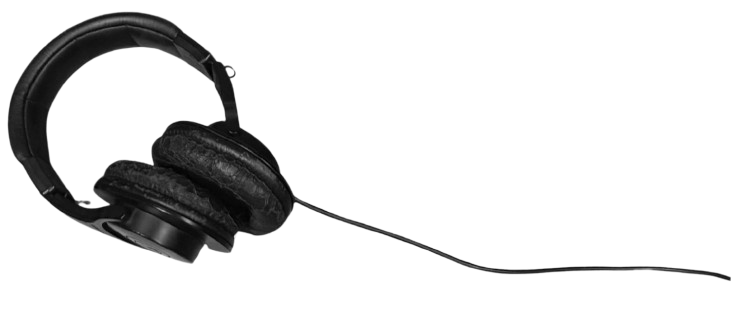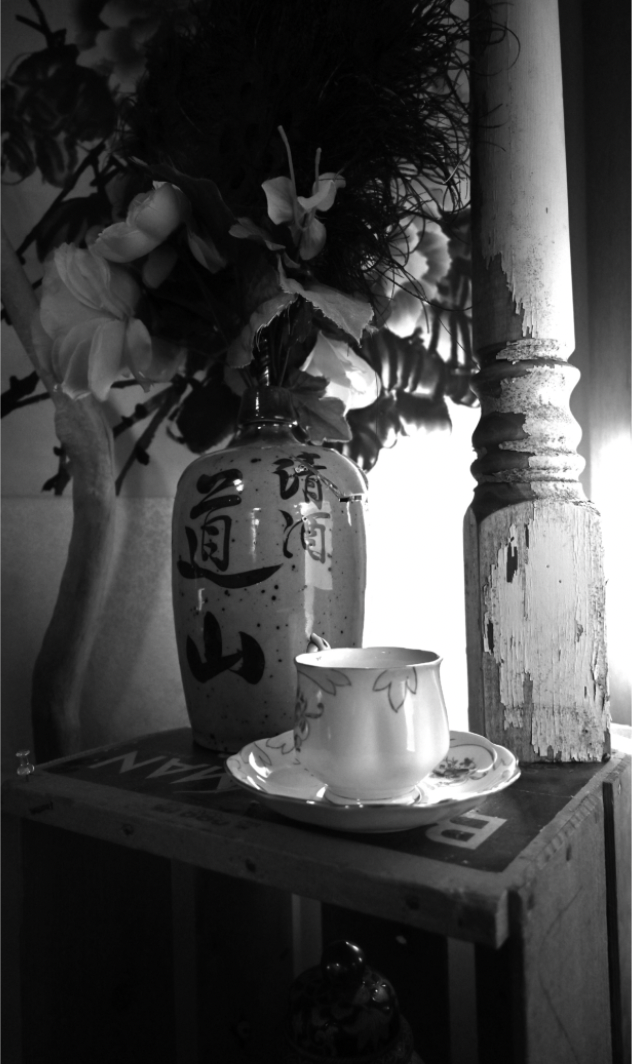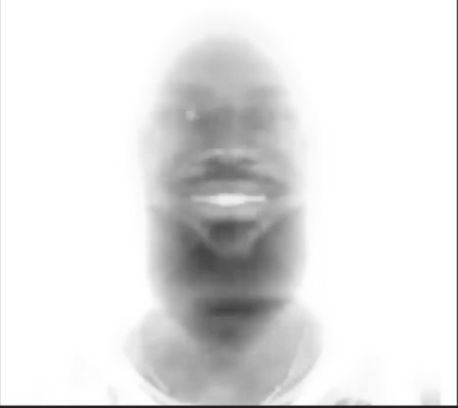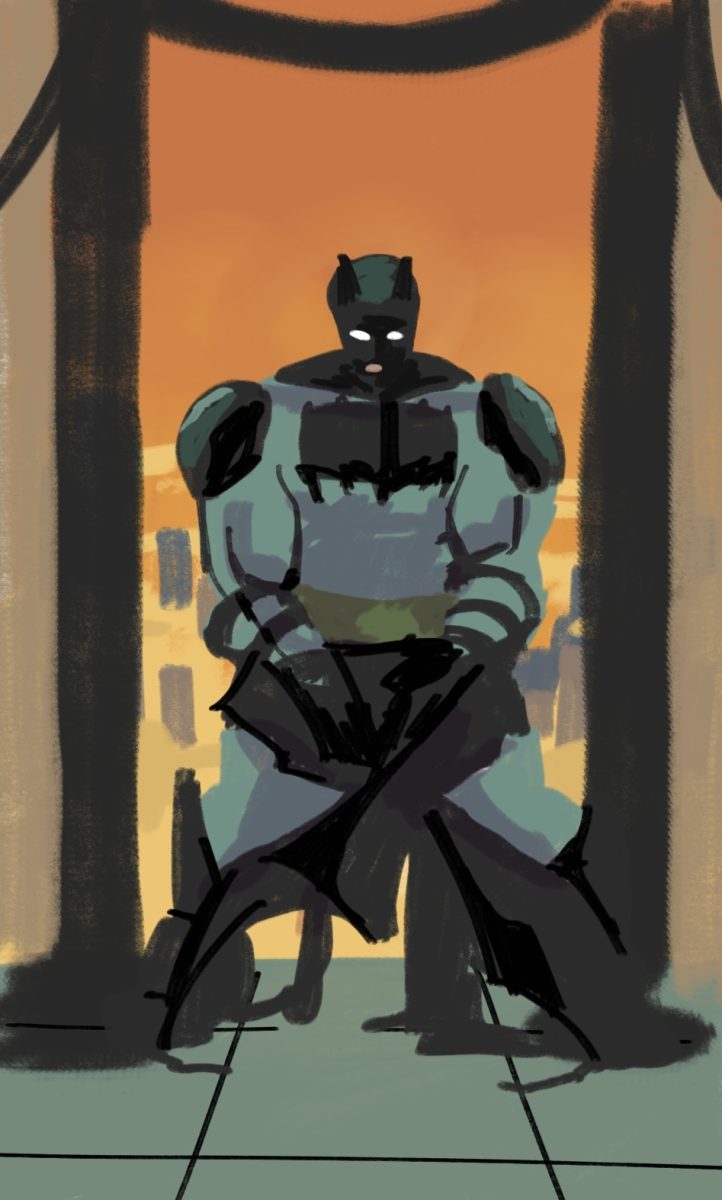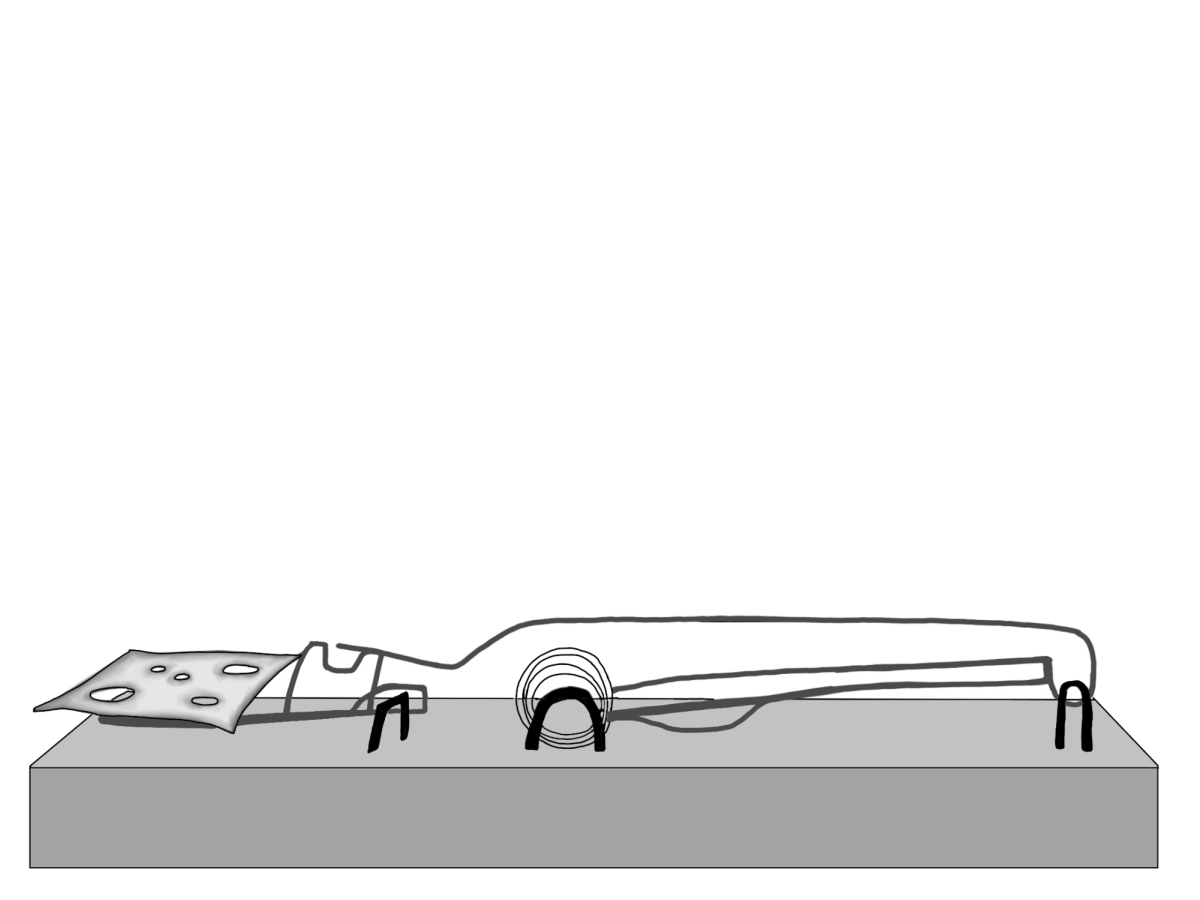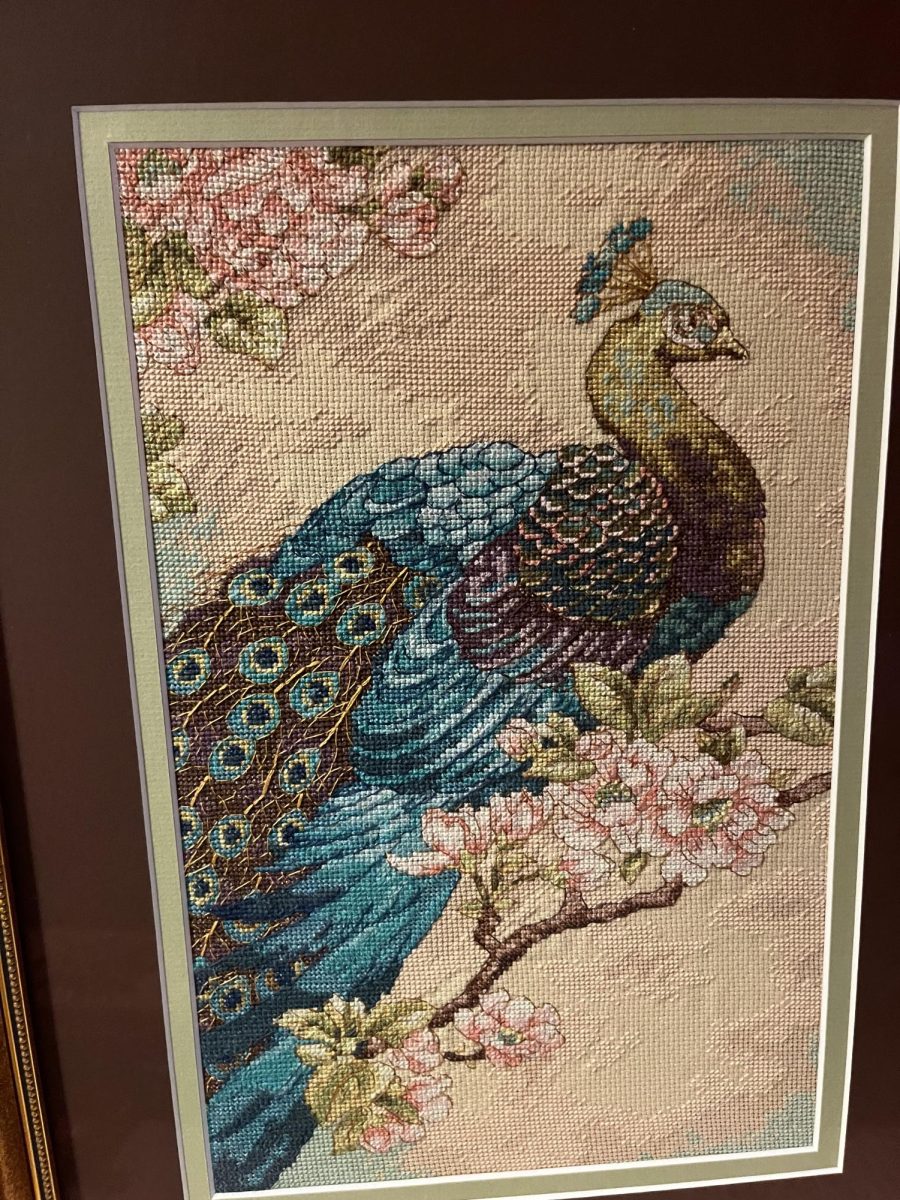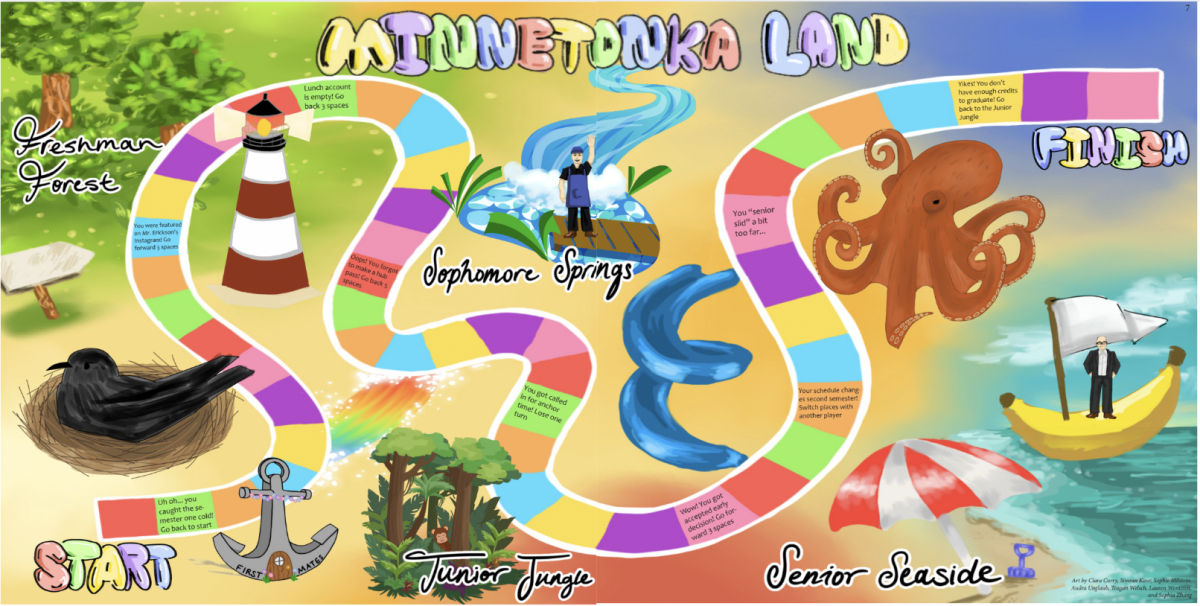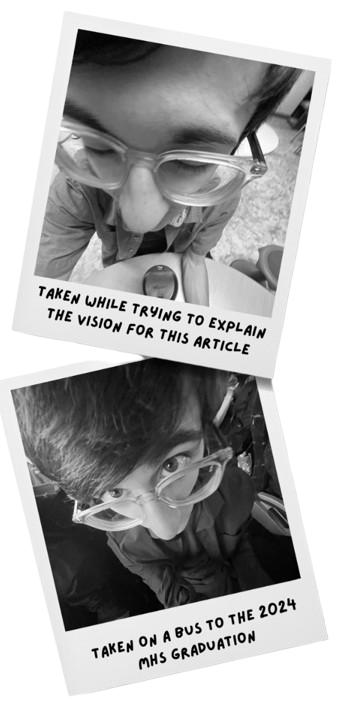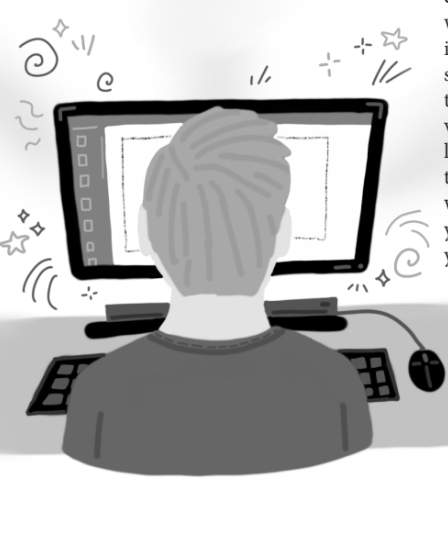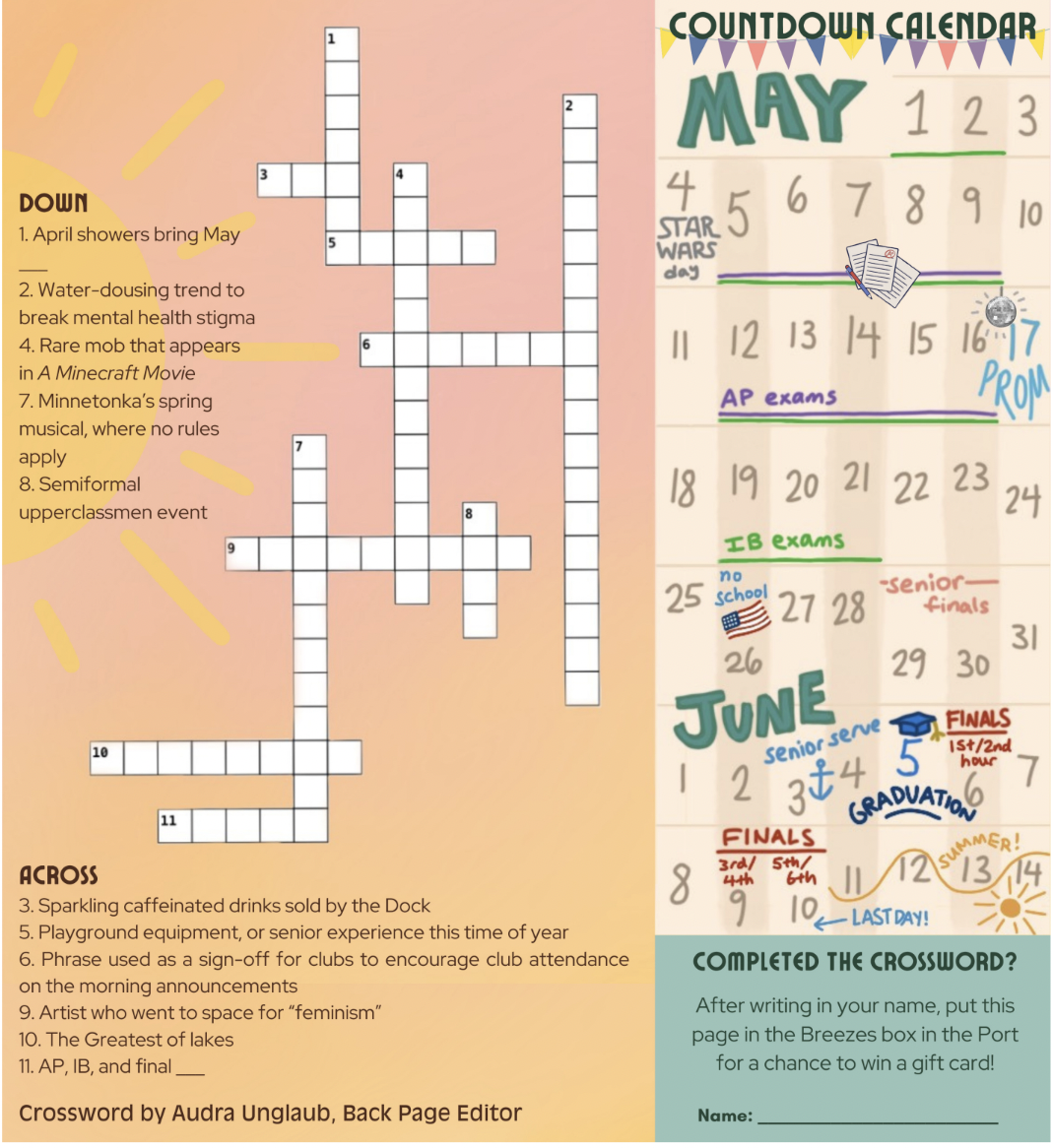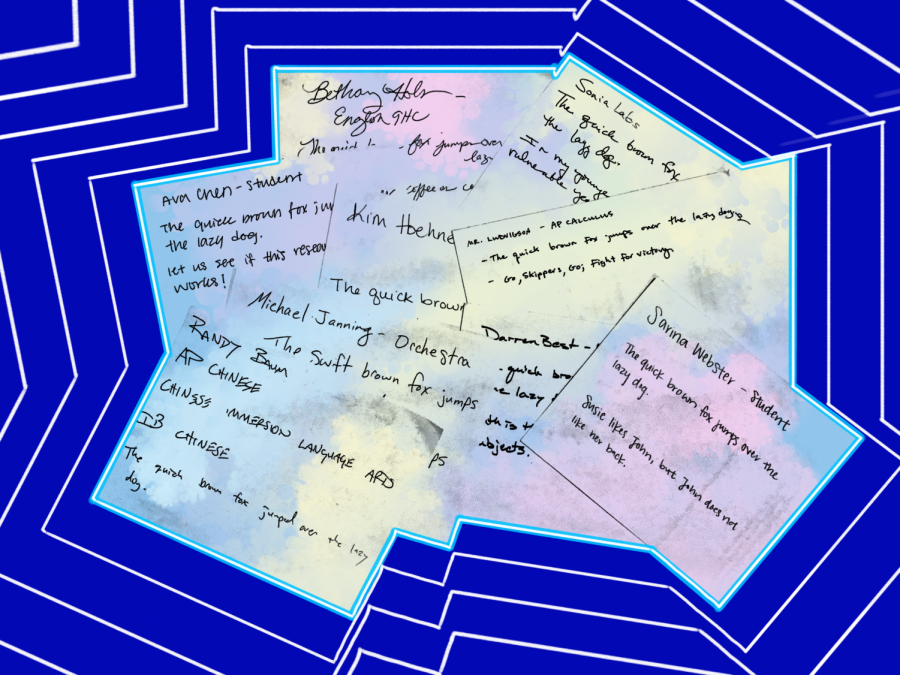Can Handwriting Be A Good Prediction For A Student’s Future Career?
February 14, 2020
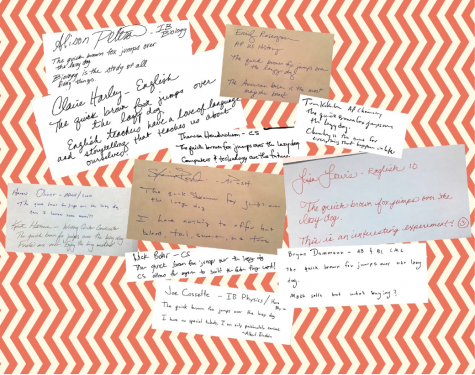
Throughout history, there have been many methods for people to learn more about themselves and discover their inner selves. Arguably, some of these methods could be seen as scams, like palmreading and fortune telling, but others such as the Myers-Briggs test and the enneagram test are generally seen as reliable and scientific. Of course, there are other methods that fall in the middle of the spectrum, such as Astrology. Some people even devote their whole lives to studying these methods, even the more questionable ones, and some even major in them in college. One of these majors is graphology, or the study of handwriting. According to graphologists, by looking at someone’s handwriting, a person can see if someone is introverted or extroverted, adventurous or closed off, and so on.
This idea is interesting to many people that just by looking at how someone crosses their “ts,” others can know their deepest insecurities. Grace Kaung, ‘22, is one of the many people that doubts the validity of graphology. She said, “I think it is very interesting, but not necessarily useful. It is very intriguing though.”
Still, I can’t help but think there is more to how we write our letters. Even in our day-to-day life, most people can connect a person’s handwriting to their personality or occupation. There are stereotypes, like how doctors have bad handwriting or that all English teachers write in cursive. My question is how much can we learn by just looking at someone’s handwriting?
I decided to conduct a little study. My friends and I went around the school asking different teachers for a sample of their handwriting. I asked them to record their name, the class they teach, a constant sentence, and a sentence of choice. The constant sentence was “the quick brown fox jumps over the lazy dog.” My plan was that by looking at all the samples, I could compare my handwriting to see what kind of career I should pursue.
My logic is if that a teacher, let’s say a chemistry teacher, has similar handwriting to me, then I should do something in the chemistry field. The explanation for why I thought this would work is that, ideally, a teacher would teach the subject they are the most passionate about, which would somehow show up when they write.
The hypothesis is that teachers that teach math and sciences such as physics and chemistry would have handwriting that is more blocky and angular. On the other side of the spectrum, I also thought that English and art teachers would have bubbly and loopy handwriting. Everything else, I thought, would fall into the middle, since none of the other subjects are as logic-based or artistic.
There were several errors made using the data collection. Originally I planned on everyone writing their sample on an iPad using an Apple Pencil. I quickly discovered that wasn’t possible, since not all of my friends had access to a stylus and not all teachers were used to writing on an iPad. Then, we converted to writing on paper, but a few of the samples were still done digitally. In total there were eighteen samples collected in seven subjects: science, math, English, world language, computer science, history and music.
From looking at all of my samples, it looks like my hypothesis was partly correct. The handwriting of English teachers was really loopy and most of the teachers wrote in cursive. As for the math teachers, their handwriting is definitely sharper and more angular. From looking at my very limited sample size, I really couldn’t see any similarities between the handwriting of teachers that teach history, computer science and non English classes.
On the other hand, there were some interesting similarities between a few of the teachers. For example, the handwriting of Mr. Dammann and Mr. Ludvigson was fairly similar. Both teachers normally wrote in all caps and drew a line through their “Zs” and, on top of all of that, both were AP Calculus AB teachers. However, even more alike was the penmanship of Mr. Dammann and Mr. Cossette. Aside from the way they write their “Ys” and the height of their letters, I couldn’t see an obvious difference. Mr. Cossette isn’t a calculus teacher though, not even a math teacher. He teaches IB Physics and Honors Physical Science.
Already, just by comparison, it doesn’t look like handwriting is the best indicator of occupation. With that said, I still decided to see if my data could predict anything.
I spoke to Sarina Webster, ‘22, and managed to get a sample of her handwriting. Webster is thinking about becoming a teacher when she grows up and already has a subject in mind that she wants to teach. She challenged me to compare her handwriting to all of the teachers and guess what kind of teacher she wants to be. Just comparing penmanship, her letters resemble Madame Alto’s. The only problem is that Webster doesn’t know any French, so she couldn’t even be a French teacher. I ended up guessing that she wants to teach English or Chinese, the two languages she is fluent in. I was wrong. She wants to be either a music or theater teacher.
Overall, I don’t think handwriting can predict what I originally hoped it could. If anything, the sentence of choice was the best indicator of a person’s personality. After analyzing my own handwriting, I ended with the conclusion that my “Ys” looked the most like Mr. Best’s, my “Ks” look like Mr. Kokesh’s, my “Ps” look like Ms. Rosengren’s and my “Ds” look like Ms. Hendrickson’s. All of these teachers teach different subjects, which led me to my conclusion: my handwriting can’t seem to decide what it wants to be and neither can I.


